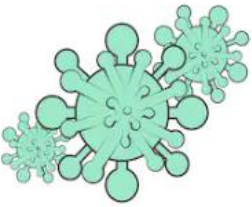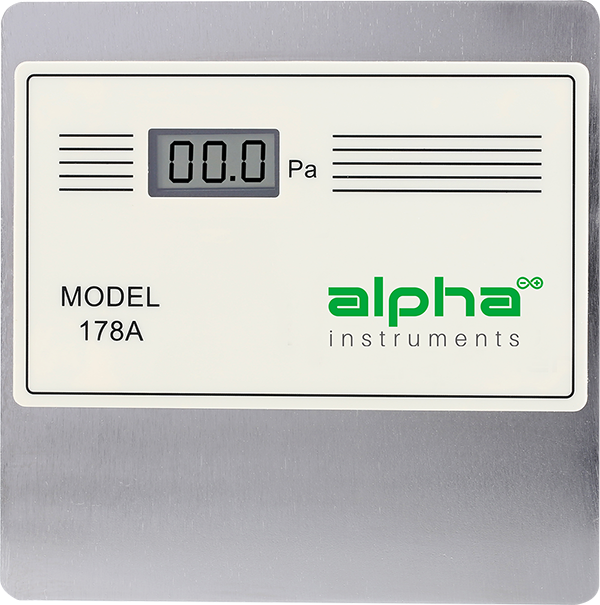Keeping Isolation rooms Safe During Disease Outbreaks

The outbreak of an infectious disease can be overwhelming if a hospital is not prepared. Hospitals employ a variety of strategies to prevent the spread of such illnesses. One of the most prevalent approaches is to treat these patients in isolation rooms. For those working in and around isolation rooms, their safety depends on proper control of the differential pressure of the room. As the coronavirus becomes ever more a pressing concern, it is critical for hospitals and staff to take the right precautions for keeping isolation rooms safe.
What are Isolation Rooms?
Isolation rooms are designed to prevent contaminated particles from spreading beyond a quarantined area. To prevent the contaminated air from escaping, isolation rooms require negative air pressure relative to the outside reference area, a difference of at least -0.01” WC. This ensures clean air is drawn into the room and contaminated particles, such as cough droplets, inside the room are not able to escape.
A relevant example of an infectious disease currently being treated in isolation rooms is the coronavirus. Since coronavirus can be easily spread through the air, treating patients in an isolation room keeps staff and other hospital patients safe from contracting the disease.
Although an isolation room might have the equipment necessary to meet minimal safety standards, such technology is often outdated and has disadvantages that can put patients and staff at risk. In an outbreak such as coronavirus, upgrading old instruments to eliminate said drawbacks can help ensure the safety of an isolation room. Improper or unbalanced room pressurization can put patients and staff at risk of exposure if dangerous contaminants escape the space.
How to Better Maintain Safety of Isolation Rooms

Hospitals are often fiscally constrained from making facility upgrades; yet, now more than ever, the healthcare system needs to demonstrate it can handle a potential epidemic, especially as the risk of coronavirus looms.
The most resourceful way to implement an isolation room strategy is to utilize the real-time monitoring and alarm capabilities of a room pressure monitor (RPM). RPMs are the safest and most reliable monitoring solution for isolation rooms. A transducer-based pressure sensor–DP transducer makes it more accurate and dependable than a ball pressure indicator and requires zero manual testing.
Some devices also have the ability to monitor temperature and humidity.
Alpha Can Help Keep Hospitals Safe
Alpha has engineered the best devices to protect patients and staff, especially those in isolation rooms. Model 178A can help prevent airborne infections like the coronavirus from spreading.
Model 178A can replace outdated and unreliable technology like a ball pressure indicator or pressure gauge. Using Alpha’s dead-ended variable capacitance pressure sensor, Model 178A allows staff to see at a glance if a room is properly pressurized, even from down the hall.
Unlike the visual-only function of a ball pressure indicator, Model 178A analog output can be directly connected to a BMS to indicate when a room goes into alarm.


